NFTs are engaging creatives in a fight for their lives
COVID sparked artists and photographers to flock to the NFT ecosystem, but the various marketplaces are only offering false hope lined with marketing puff
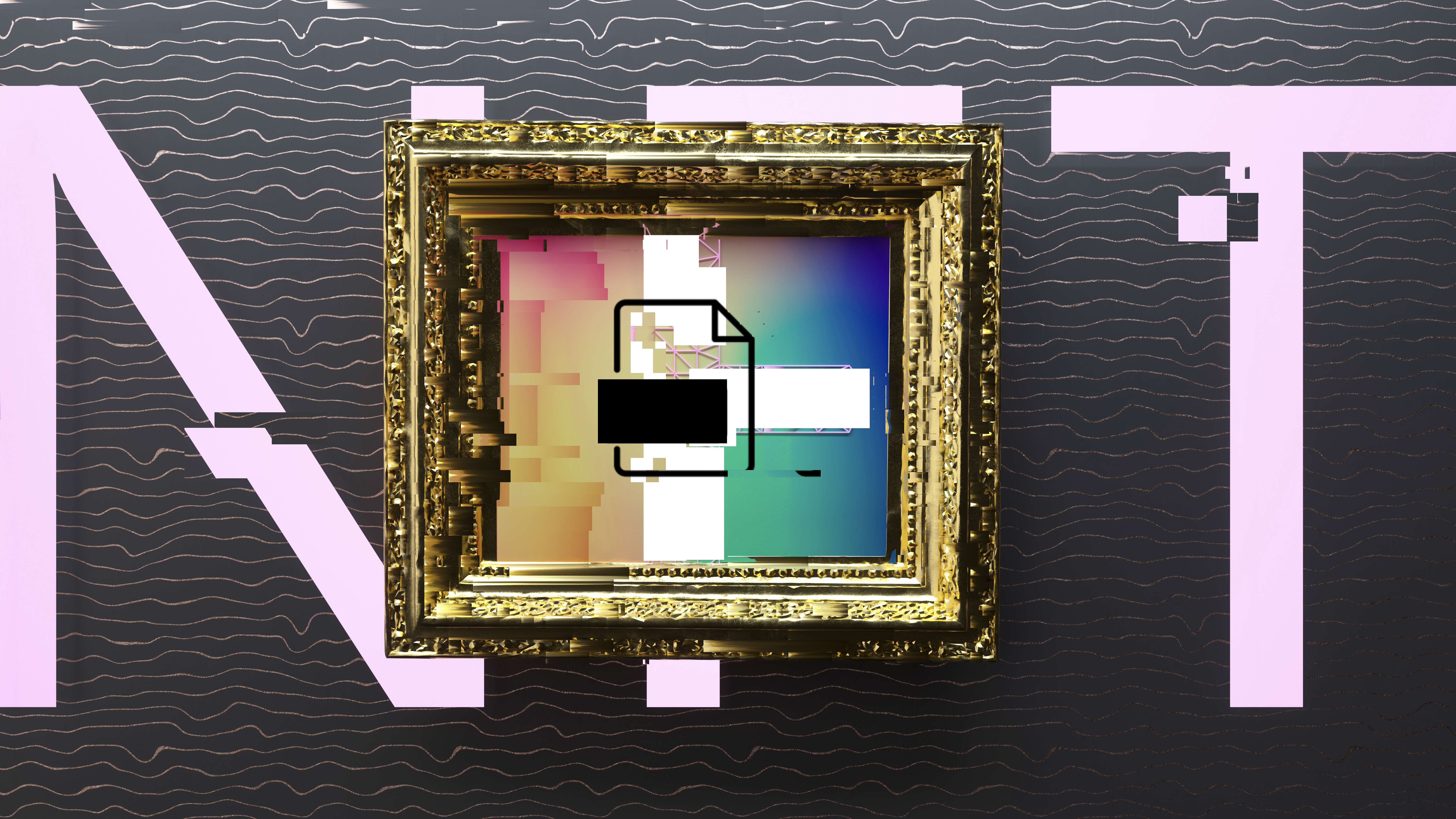
Earlier in the year, we were exposed to a case study that wasn't all about the money, but rather the systems and rules that govern the movement, storage, reporting and even taxation of money. We’ve all seen the headlines about disputes between Visa, Mastercard and Amazon, while the move to exclude Russia from SWIFT was a fascinating glimpse into the architecture of finance.
After some of the conversations I’ve had lately, we ought to pay more attention to the Amazon dispute. This isn’t just an argument about how the credit card processors manage payments for vendors so big they define their own markets and acceptable procedures, it’s an argument about how payments can be handled at all scales, from the new strain imposed by contactless payments for peppercorn values, through to the weird world of cryptocurrencies, non-fungible tokens (NFTs) and the blockchain. It’s why we’re engaged in what might be a fight for our lives, over eccentric design features of theoretical currencies suddenly made real.
Creatives vs NFTs
What exactly an NFT is has kept not only us, but my more creative friends busy. This is particularly true for the quieter times at the end of lockdown, as they tried to figure out if their particular speciality had fared well or badly in the role and employment shuffle that followed the end of remote working regulations.
I don’t think the architects of the whole NFT idea had this in mind as a vital bit of timing for their project, but it's a happy coincidence. Had NFTs escaped from captivity back when we were all rushing about like crazy, before COVID-19, I don’t think there would have been a single artist who would've bothered to plough through the whole NFT story. It takes a lot of reading and moping about the web to figure out what’s going on.
The key to it all is the F word. This F stands for “fungible”, an idea that is the absolute beating heart and power of using currencies, as distinct from object-to-object bartering, to run an economy.
RELATED RESOURCE

Your key to digital differentiation and competence
Database services fit for app modernisation, cloud-native innovation, and data-driven strategies
You might think that this concept of indivisibility (in an asset) versus perfect recycling and reuse (in a currency) might be a 20th century invention, but it’s nothing of the sort. The medieval European traders needed some way to explain why they used “pieces of eight” as currency, so that people didn’t need to re-establish comparative values between hogsheads of beer, and hogs' heads, in a marketplace. Fungibility of money means you can combine or divide your earnings, no matter where they came from or what other people might think they were worth.
To give a thoroughly modern and yet retro example, I present my HP 16C programmer’s calculator. As a complete, unbroken unit, with its “Made in the USA” stamp burned into the soft plastic of the case, and with no special dependence on any cryptocurrency trading platforms, it has already reached an offer price of $850. What makes it that valuable is it hasn’t been taken apart; “complete and original”, as the collectors like to say. This is an example of an NFT. Non fungible, as you can’t break it down into ingredients or smaller parts and retain the value. And just a token, as its value isn’t driven by materials used, design or capabilities. Although it does still work perfectly.
Sign up today and you will receive a free copy of our Future Focus 2025 report - the leading guidance on AI, cybersecurity and other IT challenges as per 700+ senior executives
Fungibility becomes much less clear once you look around at the other things being sold under this label. I’ve seen a proposed photo gallery site that prices each image at about 0.51 Ethereum. For those not obsessively hovering over their Bloomberg trader screens, 0.51 Ethereum is, on the day I write this column, worth £968. That, according to my photographer mates, is a respectable sum for a well-known and publicly applauded black-and-white portrait of someone quite famous – but not for an abstract, artsy eight-by-ten which isn’t even on paper for you to hang up as motivation.
NFTs are demonstrating their own misgivings
Everyone I talked to, from a drag artist in Camden to the tour photographer for the Rolling Stones and Grace Jones, expressed huge misgivings about the whole idea of NFTs. I expected the chorus of discontent to grow when I saw a press release trumpeting away about some “stolen” NFTs.
After all, I thought to myself, an NFT is a software construct based on blockchain technology, so it ought to be trivially simple to trace who owns any entity it presents now, or identify any transaction in its history as being illegal or unauthorised. The advantage blockchain provides is that it presents a globally readable, entirely distributed, easily interrogated history of every single purchase or transfer of any cryptocurrency asset.
The top 12 password-cracking techniques used by hackers
Of course, that’s not what happened. Reading further, I realised what was being presented as “theft of NFTs”, with all the hardcore hacking and cracking this implies, was just the usual password-stealing fakery and social engineering. This is complete with a heavy dose of old-school infected emails, gussied up to look like system maintenance window warnings.
With the greatest of respect to the company behind this press release, I think the stretch from the headline claim to the actual blow-by-blow of the incident itself is a bit too far to get yourself a free mention in these pages! Sorry about that.
Then there was the curious matter of Fiverr, the platform for freelance work. Now it wants to advertise not just training resources in programming “wallets” for use in NFT exchanges and repositories, but is actively promoting the idea of training people to create an NFT marketplace. In other words, Fiverr wants to be a supplier to an ecosystem of NFT owners and traders. It has no intention of being the owner-of-record for any assets; that’s for its students and customers to do.
My initial reaction was shock, because surely something so tightly bound with education and commercial operations is going to attract lawsuits like mosquitos round a barbecue, as the less successful students can’t just throw up any old test wallet-type system that takes their fancy.
The rapid growth of NFTs takes us back to the old adage of the wild west, and with that stampede comes a lack of communication. In their rush to grow, the various NFT market players shout loudly with promises of riches, producing a mix of false hope and naively misguided marketing puff.
RELATED RESOURCE
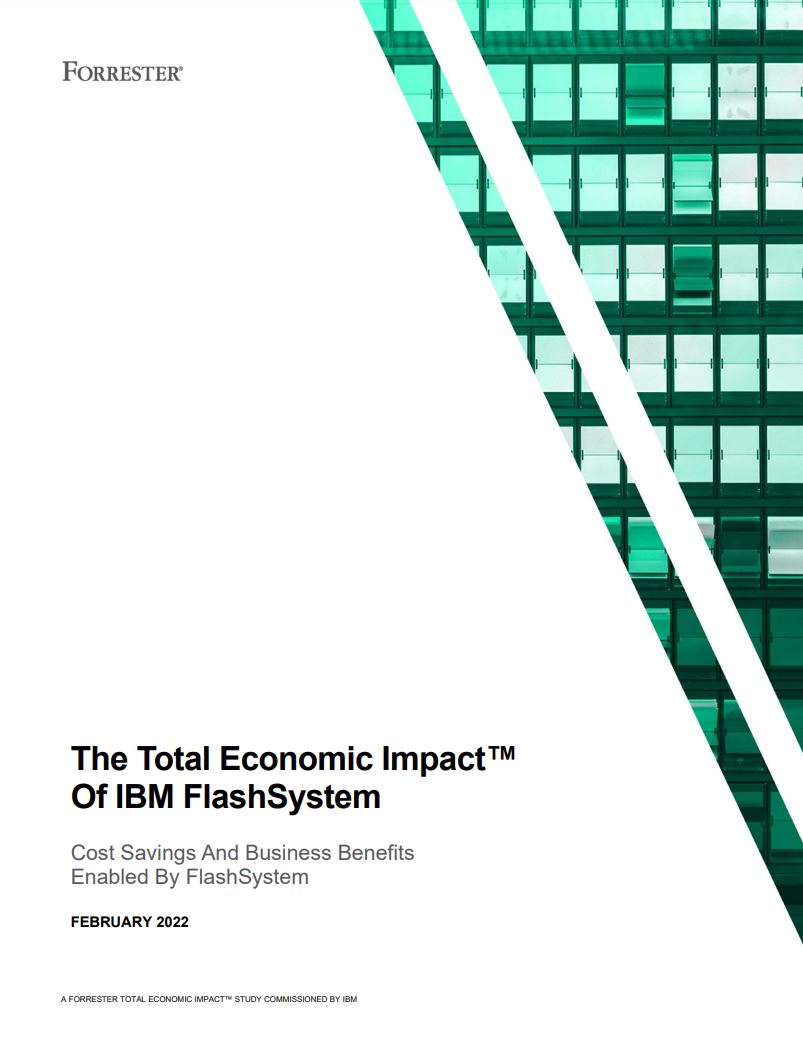
The Total Economic Impact™ Of IBM FlashSystem
Cost savings and business benefits enabled by FlashSystem
It reminds me of the birth of photo libraries, a marketplace with its own share of false dawns. There have been several tries in the course of the past few decades at totally rebuilding the photo library pricing model, from some rather divergent first principles. The last try held that photos would be so commonplace they’d be essentially worthless, and that gave us Shutterstock and its many replicas. Perhaps NFTs, and its ageing sibling known as DRM, are moving us to a point where the viewer software can figure out whether you’re the owner of this or that image, and hence whether it ought to show it to you. All of which suggests a sharp jump in value, totally at odds with Shutterstock.
Or perhaps it will work the other way round, and that NFTs provide a form of micro billing (that long sought-after oasis) where pay-per-access becomes a natural and acceptable part of personal photography. I’m not at all sure how I feel about that.
-
 Trump's AI executive order could leave US in a 'regulatory vacuum'
Trump's AI executive order could leave US in a 'regulatory vacuum'News Citing a "patchwork of 50 different regulatory regimes" and "ideological bias", President Trump wants rules to be set at a federal level
-
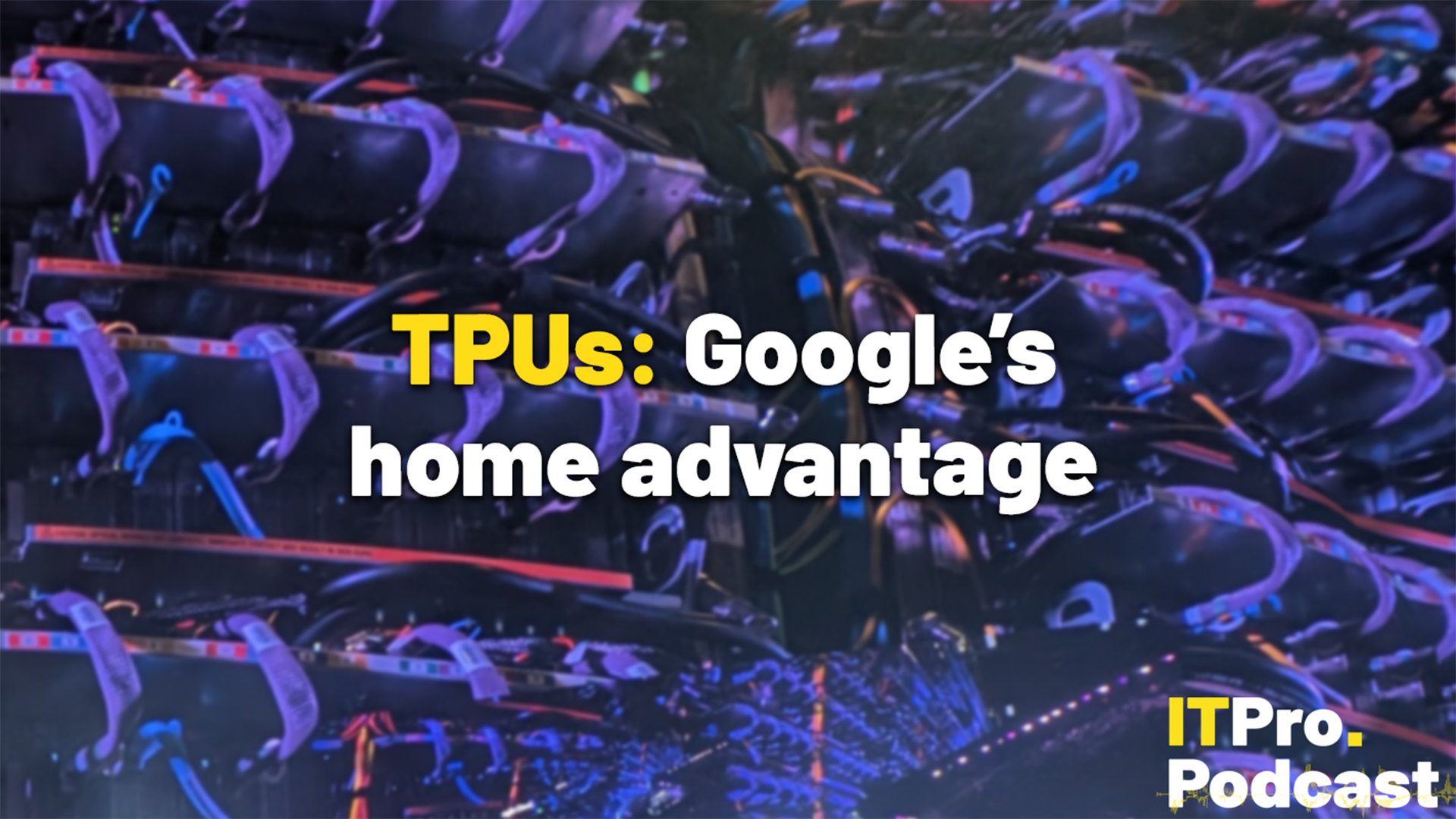 TPUs: Google's home advantage
TPUs: Google's home advantageITPro Podcast How does TPU v7 stack up against Nvidia's latest chips – and can Google scale AI using only its own supply?
-
 Achieving business outcomes with generative AI
Achieving business outcomes with generative AIWebinar Take your hybrid cloud journey to the next level with generative AI
-
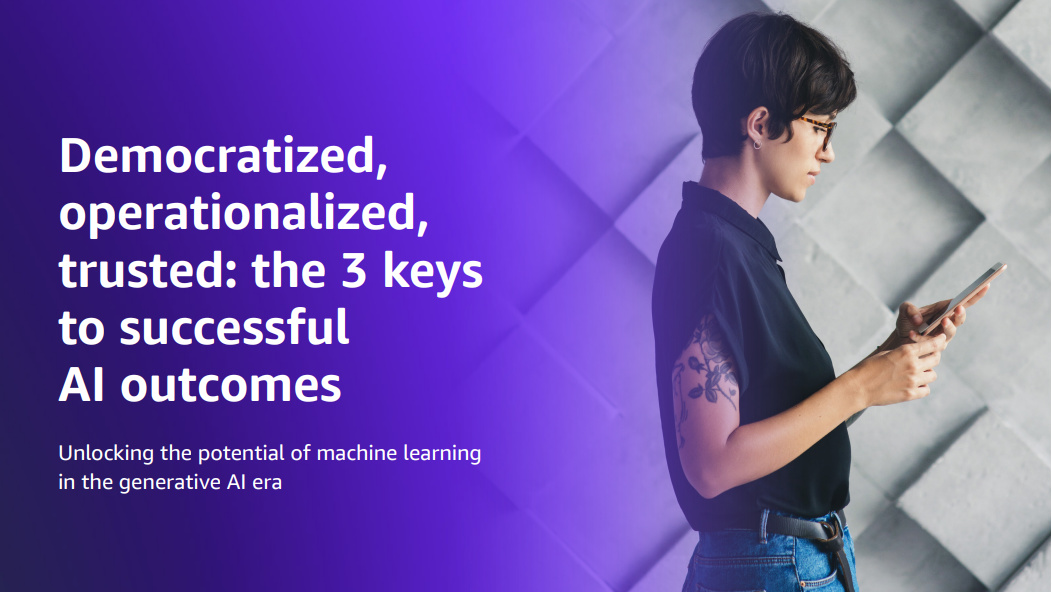 The three keys to successful AI and ML outcomes
The three keys to successful AI and ML outcomesWhitepaper Unlocking the potential of machine learning in the generative AI era
-
 Clarity of AI implementation is a primary concern for UK employees
Clarity of AI implementation is a primary concern for UK employeesNew research finds workers are enthusiastic about implementing AI but are in the dark over how it will happen
-
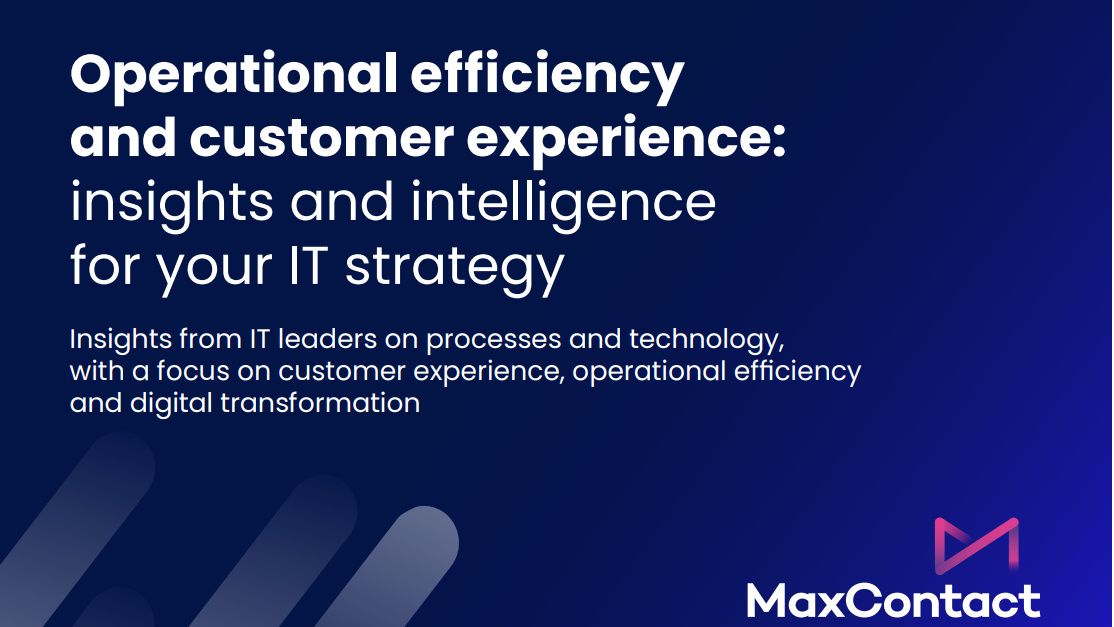 Operational efficiency and customer experience: Insights and intelligence for your IT strategy
Operational efficiency and customer experience: Insights and intelligence for your IT strategyWhitepaper Insights from IT leaders on processes and technology, with a focus on customer experience, operational efficiency, and digital transformation
-
 The four pillars of excellence for technology leaders
The four pillars of excellence for technology leaderswhitepaper Download this CIOs business case for integration and automation
-
 Sustainability at scale, accelerated by data
Sustainability at scale, accelerated by dataWhitepaper A methodical approach to ESG data management and reporting helps GPT blaze a trail in sustainability
-
 Bing and Edge AI hits open preview, with chat history and multimodal promise
Bing and Edge AI hits open preview, with chat history and multimodal promiseNews Bing and Edge have been given a visual boost, and will now support third-party integration
-
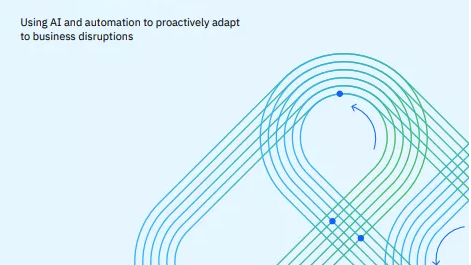 How to help IT manage itself with autonomous operations
How to help IT manage itself with autonomous operationsWhitepaper Using AI and automation to proactively adapt to business disruptions